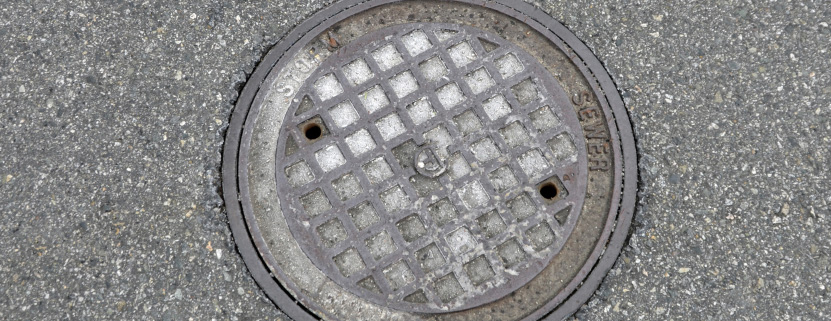We have qualified Professionals WORLDWIDE
Get quotes for the professional examination and assessment of underground pipes, sewer lines, and drainage networks to identify potential issues.
Get a 3rd Party Independent Inspection quote now!
Sewer and drainage inspections are essential processes for maintaining the functionality and integrity of a community's wastewater and stormwater systems. These inspections involve the examination and assessment of underground pipes, sewer lines, and drainage networks to identify potential issues, blockages, leaks, and other problems that could lead to backups, flooding, or pollution.

Sewer and drainage inspections include:
Routine Maintenance: Regular inspections are conducted to identify and address minor issues before they escalate into major problems. These inspections may involve visual assessments, CCTV (Closed-Circuit Television) surveys, and basic testing.
Preventive Inspections: Scheduled inspections that proactively assess the condition of sewer and drainage systems to catch potential problems early.
Emergency Inspections: Carried out in response to urgent situations such as sewer backups, flooding, or pipe collapses.
Methods and Tools:
-
- CCTV Surveys: Closed-circuit television cameras are inserted into pipes to visually inspect their interior condition, identifying cracks, corrosion, blockages, and structural issues.
- Smoke Testing: Non-toxic smoke is introduced into the system to detect leaks and faulty connections. The smoke will escape through openings in the system, revealing points of concern.
- Dye Testing: Colored dye is introduced into the system to track the flow and detect illegal connections or cross-contamination.
- Sonar and Acoustic Sensors: Used to assess pipe conditions and locate blockages based on sound waves.
- Remote Inspection Robots: These can navigate through pipes to capture images and videos in real-time, providing a detailed view of the interior conditions.
Data Collection and Analysis: Inspections generate a wealth of data, including images, videos, and measurements. This data is analyzed to identify issues, assess the severity of problems, and prioritize necessary repairs or maintenance actions.
Maintenance and Repairs: Once issues are identified, appropriate actions are taken, which could include pipe relining, replacement, rehabilitation, cleaning, and unclogging.
Regulations and Compliance: Sewer and drainage systems are subject to various local, regional, and national regulations. Inspections help ensure compliance with these regulations and standards.
Benefits:
Preventive Maintenance: Regular inspections help prevent costly and disruptive emergencies by addressing issues before they worsen.
Environmental Protection: Properly functioning sewer and drainage systems prevent sewage overflows and stormwater pollution.
Public Health: By reducing the risk of backups and flooding, inspections help protect public health and safety.
Challenges:
Accessibility: Underground pipes can be challenging to access, making inspections and repairs complex.
Aging Infrastructure: Many sewer and drainage systems are aging, leading to increased maintenance needs and potential failures.
Costs: Inspections and maintenance can be expensive, but they are essential for avoiding more significant costs associated with emergencies and environmental damage.
Overall, sewer and drainage inspections play a crucial role in maintaining the health and functionality of urban infrastructure, preventing environmental contamination, and ensuring the well-being of communities.












